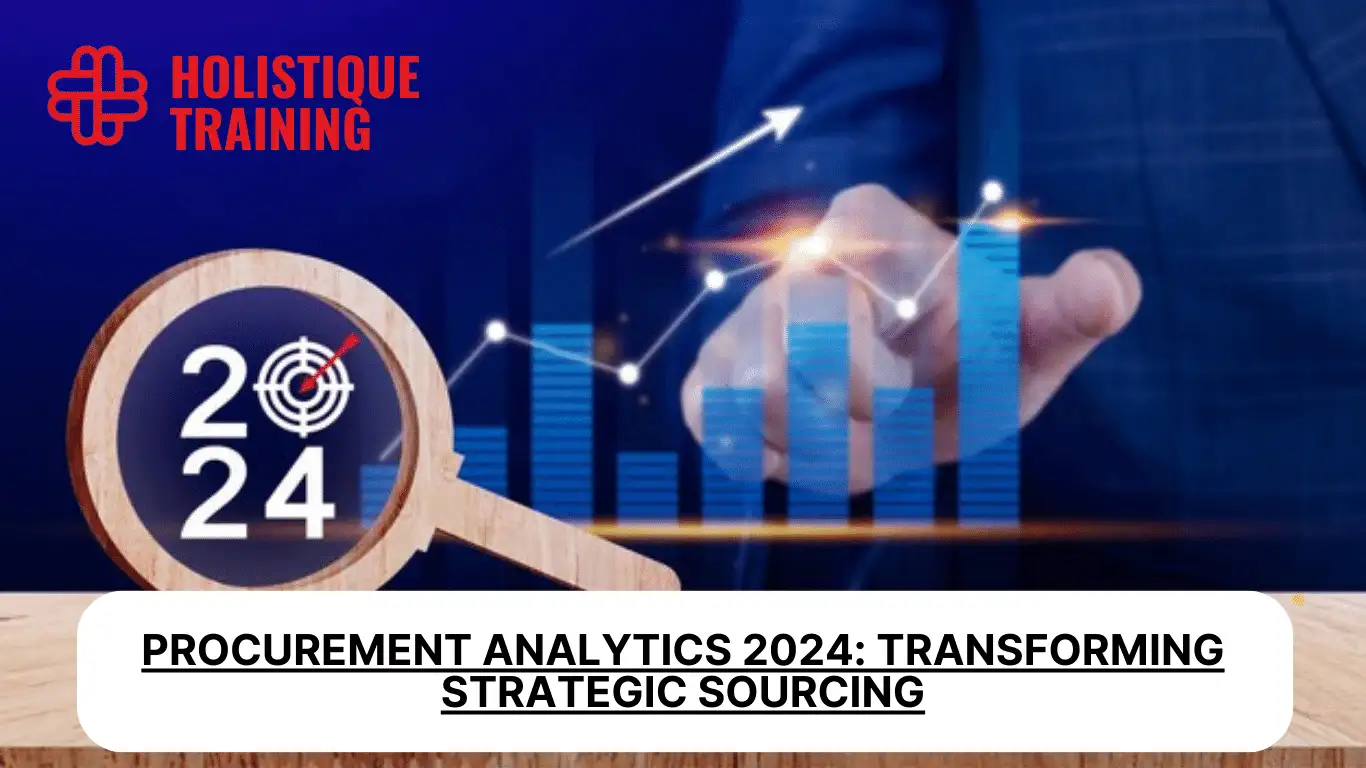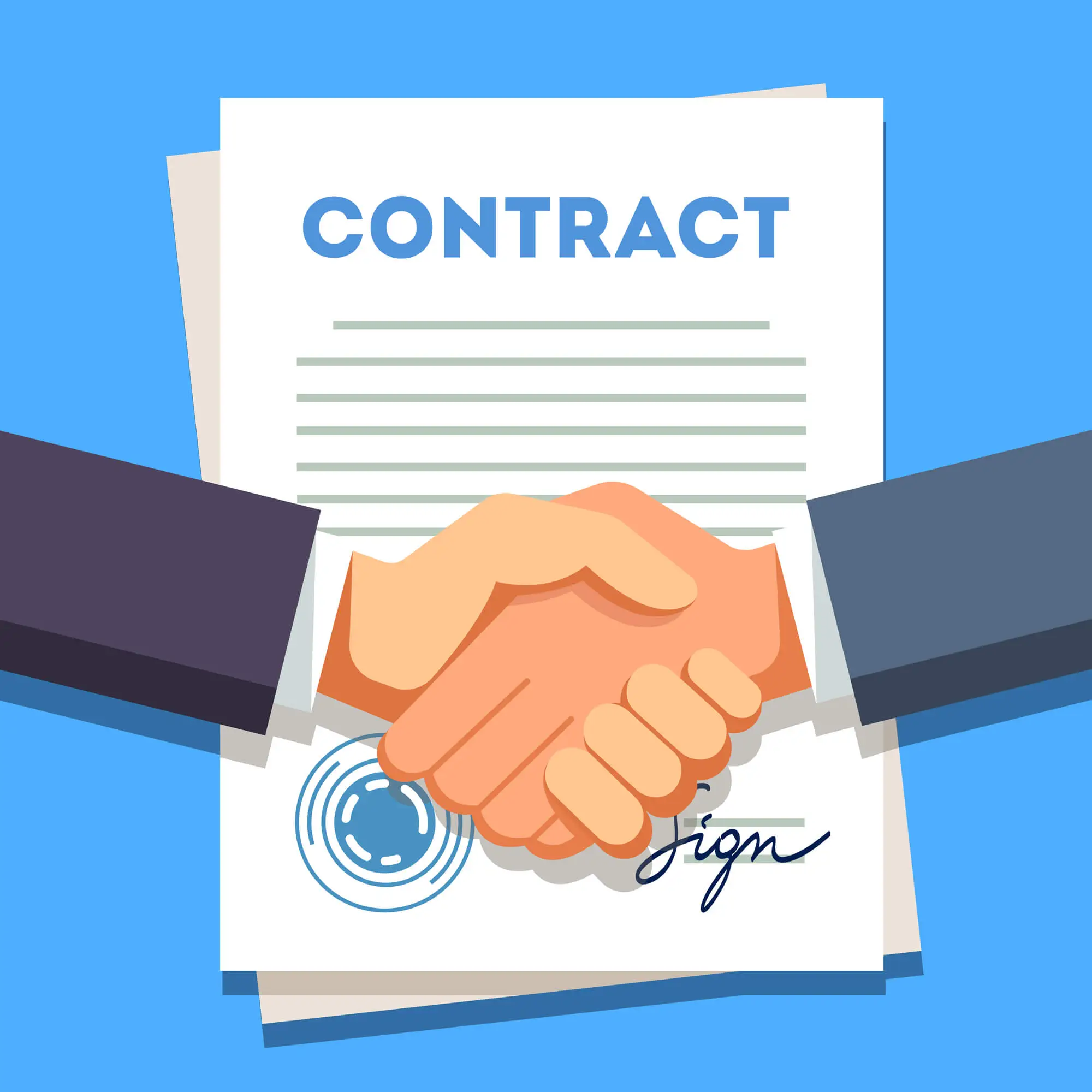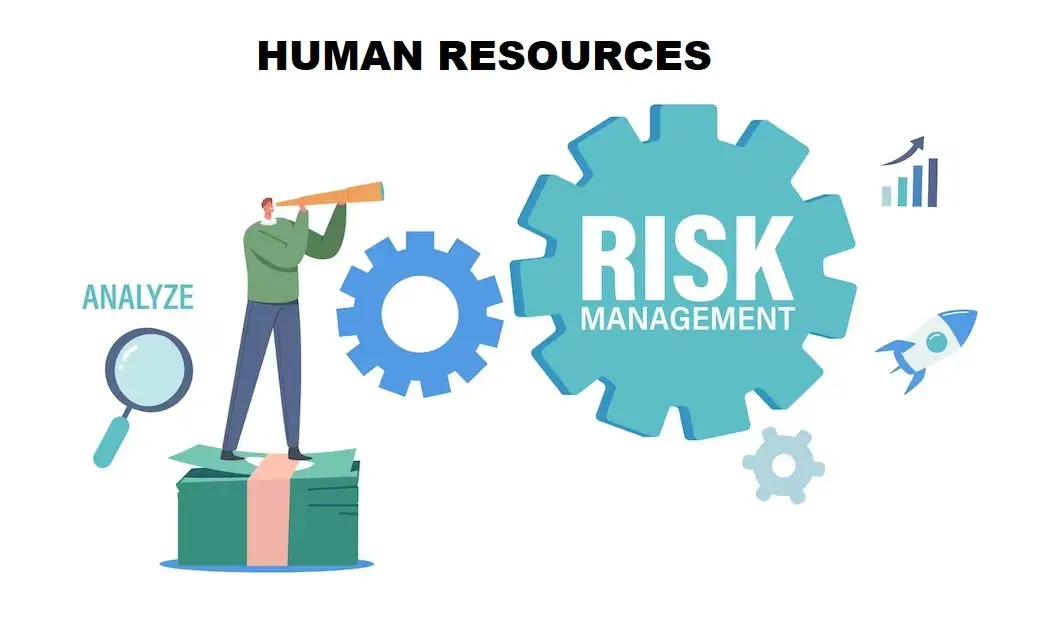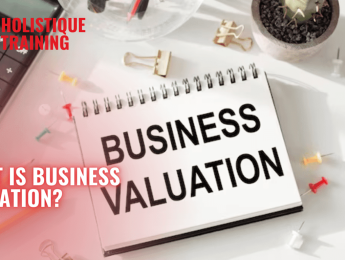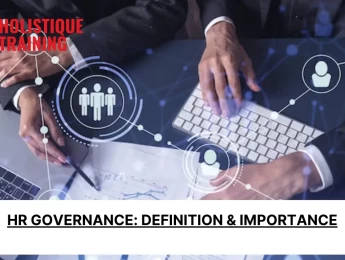What Is Procurement Analytics & Why Is It Important?
How Can Data Visualization Improve Procurement Decision-Making?
What Role Does Spend Analysis Play in Enhancing Procurement Strategies?
How Can Predictive Analytics Transform Supplier Management?
What Are the Best Practices for Implementing Contract Analytics?
Introduction
In the fast-paced business world of 2024, procurement analytics stands as a critical pillar for organizations aiming to harness the power of data for strategic procurement decisions. As companies grapple with complex supply chains, fluctuating market demands, and the constant pursuit of operational efficiency, the role of procurement analytics becomes increasingly central. This comprehensive guide delves into the top five procurement analytics strategies that businesses can leverage to optimize their procurement processes, drive cost savings, and maintain a competitive edge. From enhancing decision-making through data visualization to transforming supplier management with predictive analytics, we explore how the latest advancements in analytics can revolutionize procurement strategies, ensuring organizations stay ahead in the dynamic business environment of 2024.
What Is Procurement Analytics & Why Is It Important?
Procurement analytics involves the application of quantitative methods and data visualization techniques to understand, predict, and enhance procurement processes. This discipline leverages vast amounts of procurement data—from purchase orders and supplier performance metrics to contract management and compliance data—to provide actionable insights that drive strategic decision-making.
The importance of procurement analytics lies in its ability to transform the procurement function from a transactional activity to a strategic component of the business. Through the examination of procurement data, companies can identify opportunities for cost reduction, enhance supplier partnerships, bolster risk management strategies, and boost the overall effectiveness of their procurement processes. This shift not only reduces costs but also contributes to the company's competitive advantage by ensuring that procurement activities align with broader business objectives.
Procurement analytics enables organizations to:
- Identify Cost Reduction Opportunities: Through spend analysis, companies can pinpoint areas where costs can be reduced without compromising quality or service levels. This might involve consolidating purchases to achieve bulk buying discounts or renegotiating contracts with key suppliers.
- Enhance Supplier Performance and Relationship Management: Analytics provides insights into supplier performance, helping companies to manage suppliers more effectively. It enables the identification of high-performing suppliers for strategic partnerships and the improvement of supplier risk management practices.
- Improve Contract Management: By analyzing contract data, organizations can ensure compliance with terms and conditions, monitor contract expirations and renewals, and identify opportunities for renegotiation.
- Optimize Inventory Levels: Procurement analytics can help manage inventory more efficiently, reducing carrying costs and minimizing stock outs or overstock situations.
- Support Sustainability Goals: Analytics can be used to assess the sustainability practices of suppliers, ensuring alignment with the organization's environmental and social governance (ESG) goals.
- Enhance Risk Management: Through predictive analytics, organizations can anticipate and mitigate risks associated with supply chain disruptions, geopolitical events, or changes in market demand.
In summary, procurement analytics offers a comprehensive view of procurement activities, empowering organizations to make data-driven decisions. As businesses increasingly focus on operational efficiency and strategic sourcing, procurement analytics becomes a critical tool for achieving cost savings, enhancing supplier relationships, and supporting overall business objectives.
How Can Data Visualization Improve Procurement Decision-Making?
Data visualization plays a pivotal role in enhancing procurement decision-making by transforming complex datasets into intuitive, easily comprehensible visual formats. This approach facilitates quicker and more accurate analysis of procurement data, enabling stakeholders to identify trends, patterns, and anomalies that might not be evident in raw data. Here's an in-depth exploration of how data visualization improves procurement decision-making:
1. Simplifies Complex Data: Procurement involves multifaceted data from various sources, including supplier performance, spend analytics, contract management, and market trends. Data visualization tools, such as dashboards, graphs, and heat maps, simplify this complexity, allowing decision-makers to grasp intricate insights at a glance. This simplification aids in understanding the current state of procurement operations and identifying areas that require attention.
2. Enhances Analytical Efficiency: Visual representations of data enable procurement teams to quickly analyze large volumes of information, significantly reducing the time required for data analysis. This efficiency allows for more timely decision-making, enabling organizations to respond swiftly to market changes, supplier issues, or opportunities for cost savings.
3. Facilitates Better Communication: Data visualizations make it easier to communicate findings and insights to stakeholders across the organization, regardless of their familiarity with procurement processes or data analysis. Visual aids can help convey complex procurement strategies, performance metrics, and risk assessments in a manner that is accessible and compelling, fostering a better understanding and support for procurement initiatives.
4. Identifies Trends and Patterns: Through visual analysis, procurement teams can identify trends and patterns that may indicate opportunities or threats. For example, a trend of increasing spend with a particular supplier could warrant a renegotiation of contract terms, or a pattern of late deliveries could highlight the need for supplier performance improvement measures. Recognizing these trends early on enables proactive rather than reactive decision-making.
5. Supports Strategic Sourcing: Data visualization can uncover insights that support strategic sourcing decisions, such as supplier consolidation, diversification of the supplier base, or shifts in buying patterns. By visualizing spend analysis data, organizations can identify areas where sourcing strategies can be optimized to achieve cost savings, improve supplier reliability, or reduce risk.
6. Improves Risk Management: Visualizing data related to supplier risk factors, such as geopolitical risks, financial stability, or compliance issues, helps procurement teams to assess and mitigate risks more effectively. Heat maps and risk dashboards can prioritize suppliers or regions that pose the highest risk, guiding the allocation of resources to manage these risks appropriately.
7. Drives Continuous Improvement: Regularly updated visualizations provide ongoing monitoring of procurement metrics and KPIs , enabling teams to track progress towards goals, assess the effectiveness of procurement strategies, and identify areas for continuous improvement.
In conclusion, data visualization is an essential tool in the procurement decision-making process, offering a clear, concise, and engaging way to analyze and communicate procurement data. By leveraging visual analytics, procurement teams can enhance their strategic decision-making capabilities, leading to more informed choices that drive efficiency, reduce costs, and contribute to overall business success.
What Role Does Spend Analysis Play in Enhancing Procurement Strategies?
Spend analysis plays a critical role in enhancing procurement strategies by providing a comprehensive view of an organization's spend data. This analysis involves collecting, cleansing, classifying, and analyzing expenditure data with the goal of reducing costs, improving efficiency, and monitoring compliance. Here's a detailed look at how spend analysis contributes to the development of more effective procurement strategies:
1. Enhanced Visibility and Control: Through spend analysis, organizations gain visibility into their spending patterns, including who is spending, on what, and with which suppliers. This visibility is crucial for controlling expenditure, enforcing procurement policies, and ensuring compliance with organizational budgets and guidelines.
2. Budgeting and Financial Planning: Spend analysis supports more accurate budgeting and financial planning by providing a clear understanding of past and current spending. This insight allows for more precise forecasting of future spend requirements, enabling organizations to allocate resources more effectively and align procurement activities with financial goals.
3. Procurement Process Optimization: Analyzing spend data helps identify bottlenecks and inefficiencies in the procurement process, such as lengthy approval times, manual processing errors, or lack of compliance with procurement policies. These insights enable organizations to streamline processes, implement best practices, and leverage technology to enhance procurement efficiency.
4. Demand Management: Spend analysis assists in understanding demand patterns within the organization, enabling procurement to align purchasing strategies with actual needs. This can involve consolidating demand for certain goods or services, reducing maverick spending, and ensuring that procurement activities are aligned with organizational requirements.
5. Market Intelligence: Spend analysis provides valuable market intelligence by highlighting trends in pricing, supplier market share, and emerging suppliers. This information can inform procurement strategies, helping organizations to stay competitive and adapt to market changes.
6. Sustainability and Corporate Social Responsibility (CSR): Organizations increasingly use spend analysis to evaluate their procurement practices' environmental and social impact. By identifying spending with sustainable suppliers or those aligned with CSR objectives, procurement can contribute to an organization's sustainability goals.
In conclusion, spend analysis is a foundational element of effective procurement strategies. It empowers organizations to make data-driven decisions that optimize spending, improve supplier relationships, enhance operational efficiency, and ultimately drive better business outcomes. As procurement continues to evolve into a more strategic function within organizations, the importance of comprehensive spend analysis in shaping procurement strategies cannot be overstated.
How Can Predictive Analytics Transform Supplier Management?
Predictive analytics is revolutionizing supplier management by enabling organizations to anticipate risks, improve performance, and optimize relationships with suppliers. This advanced approach to analytics uses historical data, statistical algorithms, and machine learning techniques to identify the likelihood of future outcomes. Here's a comprehensive look at how predictive analytics transforms supplier management:
1. Risk Mitigation: Predictive analytics helps organizations identify potential risks in their supply chain before they become issues. By analyzing historical data and patterns, companies can predict which suppliers are at risk of delivering late, which might face financial instability, or which are likely to encounter quality issues. This foresight allows businesses to take preemptive action to mitigate risks, such as diversifying their supplier base or developing contingency plans, ensuring the continuity and reliability of their supply chain.
2. Performance Improvement: Predictive analytics enables companies to analyze supplier performance trends over time, identifying areas for improvement. By predicting which suppliers are likely to underperform, organizations can engage in proactive discussions to address issues, set performance improvement plans, or decide to transition to more reliable suppliers. This approach not only enhances the quality of goods and services but also fosters a culture of continuous improvement among suppliers.
3. Strategic Sourcing Decisions: With predictive analytics, procurement teams can make more informed sourcing decisions by predicting future demand, price fluctuations, and market conditions. This data-driven approach allows companies to optimize their sourcing strategies, select suppliers that are best equipped to meet future needs, and negotiate contracts under favorable terms. Predictive insights also support dynamic sourcing, enabling organizations to adapt quickly to market changes and emerging opportunities.
4. Cost Savings and Efficiency: By analyzing data on supplier pricing, lead times, and performance, predictive analytics can identify opportunities for cost savings and increased efficiency. Organizations can predict the most cost-effective suppliers for different goods and services, anticipate price increases, and identify opportunities for bulk purchasing or early procurement to lock in lower prices. This proactive approach reduces costs and enhances operational efficiency.
5. Supplier Relationship Management: Predictive analytics strengthens supplier relationships by providing insights into supplier needs and behaviors. Organizations can use this information to tailor their engagement strategies, recognize and reward high-performing suppliers, and work collaboratively to address challenges. This not only improves supplier loyalty and cooperation but also encourages innovation and value creation within the supply chain.
6. Demand Forecasting: Accurate demand forecasting is crucial for effective supplier management. Predictive analytics allows organizations to forecast demand for products and services with greater accuracy, enabling better alignment with suppliers. Suppliers can plan and allocate resources more efficiently, reducing lead times and improving service levels.
7. Compliance and Sustainability: Predictive analytics aids in monitoring supplier compliance with regulatory requirements, ethical standards, and sustainability practices. Organizations can predict which suppliers might face compliance issues, allowing for proactive engagement to ensure standards are met. This is particularly important in industries with strict regulatory oversight and for companies committed to environmental and social responsibility.
8. Enhancing Agility and Competitiveness: By providing a predictive view of the supply chain, predictive analytics enhances organizational agility and competitiveness. Companies can quickly adapt to disruptions, changes in demand, or new market entrants, maintaining a competitive edge in rapidly changing environments.
Predictive analytics transforms supplier management by offering a forward-looking perspective that enables proactive decision-making. It empowers organizations to anticipate challenges, seize opportunities, and build stronger, more resilient supply chains. As data becomes increasingly central to business operations, the role of predictive analytics in supplier management will continue to grow, driving efficiency, innovation, and competitive advantage.
Table 1: Transforming Supplier Management with Predictive Analytics: A Comprehensive Overview
Aspect of Supplier Management | How Predictive Analytics Transforms It |
Risk Mitigation | Identifies potential supply chain risks before they become issues, enabling preemptive action to ensure continuity and reliability. |
Performance Improvement | Analyzes trends to predict supplier performance, allowing proactive measures for improvement or supplier changes. |
Strategic Sourcing Decisions | Informs more accurate forecasting for demand, price changes, and market conditions, optimizing sourcing strategies. |
Cost Savings and Efficiency | Uncovers cost-effective suppliers and opportunities for bulk purchasing, reducing costs and enhancing efficiency. |
Supplier Relationship Management | Strengthens relationships through tailored engagement strategies and collaborative innovation, based on insights into supplier needs and behaviors. |
Demand Forecasting | Improves the accuracy of demand forecasting, ensuring better alignment with supplier capabilities and reducing lead times. |
Compliance and Sustainability | Helps monitor compliance with regulatory standards and sustainability practices, enabling proactive engagement to ensure standards are met. |
Enhancing Agility and Competitiveness | Offers a predictive view of the supply chain, enhancing the ability to adapt quickly to market changes and maintain competitive advantage. |
What Are the Best Practices for Implementing Contract Analytics?
Implementing contract analytics effectively requires a strategic approach to maximize its benefits, including risk mitigation, cost savings, and improved contract management. Here are best practices for successfully implementing contract analytics in any organization:
1. Centralize Contract Data: Start by consolidating all contract documents and related data into a centralized system. This central repository makes it easier to access, analyze, and manage contracts across the organization. It should be secure, scalable, and capable of integrating with other business systems for seamless data flow.
2. Ensure Data Quality and Consistency: Data quality is crucial for effective contract analytics. Implement processes to clean, validate, and standardize contract data. This might involve removing duplicates, correcting errors, and ensuring consistent data formatting. High-quality data leads to more accurate analytics and actionable insights.
3. Utilize Advanced Analytics and AI Tools: Leverage advanced analytics, machine learning, and artificial intelligence tools to analyze contract data. These technologies can uncover insights that might not be apparent through manual analysis, such as hidden risks, cost-saving opportunities, and performance trends. Choose tools that fit your organization's specific needs and integrate well with existing systems.
4. Train Stakeholders: Provide training and resources to stakeholders involved in contract management, including legal, procurement, and finance teams. Ensure they understand how to use contract analytics tools and interpret the insights generated. This empowers them to make data-driven decisions and improves adoption across the organization.
5. Establish Clear Objectives: Define clear, measurable objectives for your contract analytics initiative. Whether it's reducing contract turnaround times, identifying cost reduction opportunities, or improving compliance, having specific goals helps focus efforts and measure success.
6. Develop Analytics Dashboards: Create intuitive dashboards that present contract analytics insights in an easily digestible format. Dashboards should highlight key performance indicators (KPIs), trends, and anomalies, enabling quick decision-making and ongoing monitoring of contract performance.
7. Automate Contract Monitoring: Implement automation tools to continuously monitor contracts for compliance, performance, and risk. Automated alerts can notify relevant parties about contract milestones, renewal dates, or compliance issues, ensuring proactive contract management.
8. Regularly Review and Update Analytics Models: Contract analytics is not a set-it-and-forget-it process. Regularly review and refine your analytics models and algorithms based on new data, changing business needs, and emerging trends. This ensures your analytics remain relevant and continue to provide value over time.
9. Foster a Data-driven Culture: Encourage a culture that values data-driven decision-making. This involves leadership endorsement, ongoing communication about the benefits of contract analytics, and sharing success stories that demonstrate its impact.
10. Ensure Compliance and Data Security: With contracts often containing sensitive information, it's critical to implement strict data security measures and ensure compliance with data protection regulations.
Implementing these best practices for contract analytics can transform how organizations manage and leverage their contracts. By harnessing the power of data, companies can achieve greater efficiency, reduce risks, and unlock value across their contract portfolio, driving strategic advantage and operational excellence.
Conclusion
Implementing contract analytics is a transformative step for organizations looking to enhance their contract management processes and strategic decision-making. By centralizing contract data, leveraging advanced analytics, and ensuring stakeholder engagement, companies can unlock valuable insights that lead to cost savings, risk mitigation, and improved operational efficiency. Best practices, such as continuous training, fostering a data-driven culture, and prioritizing data security, are key to maximizing the benefits of contract analytics. As businesses continue to navigate a complex and dynamic business environment, the strategic application of contract analytics will be instrumental in achieving competitive advantage and long-term success.
Frequently Asked Questions(FAQ)
What role does Spend Analysis play in Procurement Strategies?
Spend Analysis is crucial for uncovering inefficient spending patterns, identifying cost reduction opportunities, and enhancing supplier management. It provides a comprehensive view of spending data, supporting strategic sourcing decisions and improving budgeting and financial planning.
How can Predictive Analytics transform Supplier Management?
Predictive Analytics uses historical data to forecast future supplier risks and performance issues, enabling proactive risk mitigation and supplier management. It helps organizations optimize supplier relationships, anticipate market changes, and improve contract management.
What are the best practices for implementing Contract Analytics?
Best practices include centralizing contract data, ensuring data quality, utilizing advanced analytics tools, training stakeholders, establishing clear objectives, and automating contract monitoring. These steps help organizations leverage contract analytics for risk reduction, cost savings, and improved contract compliance.
Can Procurement Analytics support sustainability goals?
Yes, Procurement Analytics can assess the sustainability practices of suppliers and ensure procurement activities align with the organization's environmental and social governance (ESG) goals. It plays a vital role in promoting responsible sourcing and enhancing the sustainability of supply chains.
How does Procurement Analytics enhance Risk Management?
Procurement Analytics identifies potential risks related to supplier dependencies, market fluctuations, and compliance issues. By providing actionable insights, it enables organizations to develop effective risk management strategies and ensure the continuity of their supply chain.
What are the challenges in implementing Procurement Analytics?
Challenges include data silos, data quality issues, lack of skilled personnel, and integrating analytics tools with existing systems. Overcoming these challenges requires a strategic approach, investment in technology, and continuous training and development.

